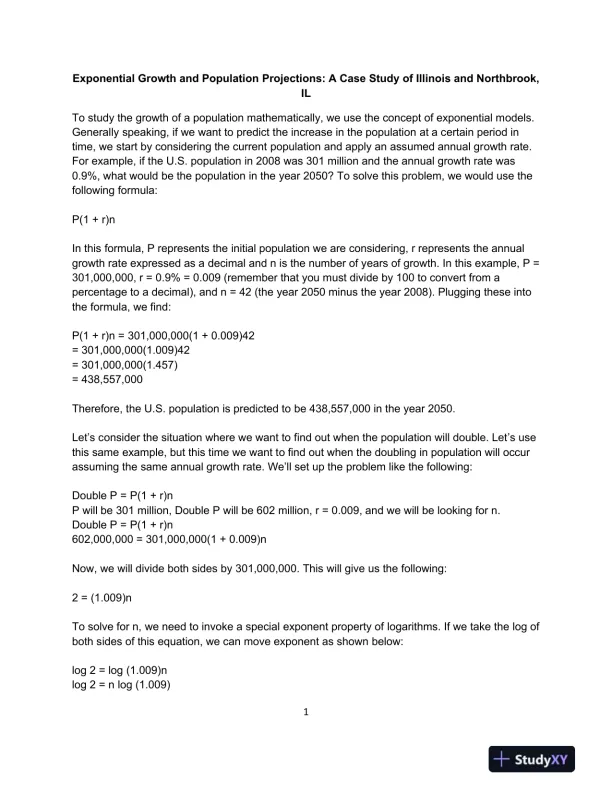Page 1

Loading page image...
Page 2

Loading page image...
A mathematical assignment applying exponential growth models to predict population trends in Illinois.
Loading page image...
Loading page image...
This document has 5 pages. Sign in to access the full document!